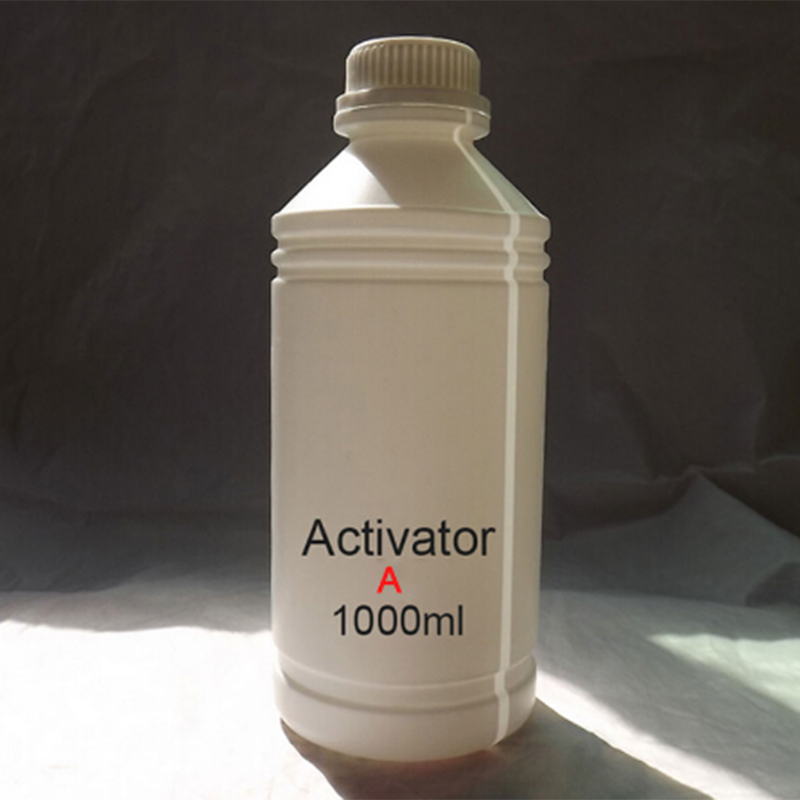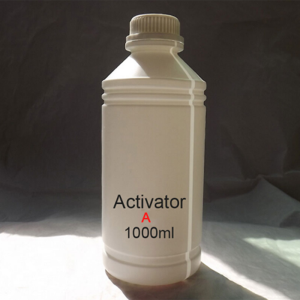What Is Hydro Dipping Activator?
If you are wondering what is hydro dipping, then you are in the right place. Hydro dipping is a process that liquefies the ink on the hydro dip film, which is then applied to objects. To apply it, you need an activator, which is a chemical that is insoluble in water. This chemical can be purchased or even made at home. Activators are used for many purposes, from making the film softer to enhancing the image quality.
Activator is a chemical that liquefies the ink on the hydro dip film
When you have chosen a material to print on, you must apply the correct amount of hydro dipping activator to ensure a high quality result. The amount of activator you need depends on the material to be printed on and the type of print you are looking to achieve. If you use too little, your project will not turn out looking as you would like. Conversely, if you use too much, your ink may not adhere to the item.
There are two types of hydro dipping activators: liquid and aerosol. Liquid types are typically available at a craft store. Liquids tend to stick to plastic and are easier to remove from the product. Aerosol versions of hydro dipping activators are typically applied to textiles or other items. They give the print more time to adhere to the object they’re printed on.
It softens the outer layer of the base coat on hydro dip film
Hydro dipping is a process whereby the outer layer of the base coat is soaked with a special hydrating agent, or activator. This softening agent allows the design to bond with the base coat without adding an additional layer. As the activator softens the base coat, it makes it easier for the design to be applied to curves and different angles.
After applying the activator, the film should be placed into a shallow container of warm water. The water should be slightly larger than the film itself, and it should be positioned with its water-soluble side down. Then, the film should remain on the surface of the water for about 45-60 seconds, depending on the type of film used. Once the film is thoroughly soaked, it is ready for application.
It must be non-soluble in water
If you’ve been curious about how to apply water-based paint to your artwork, you’ve probably heard of hydro dipping. Unlike traditional painting, this method can create highly intricate designs. The water must be 75-90 degrees Fahrenheit to be effective. Make sure that your acrylic paint is non-toxic and is non-soluble in water, and that your object is clean, static-free, and free of residue. The water should be clean, too, but you can clean the surface by running a water pump, which will flush out any residue. You can also use tape to prevent the film from floating away.
The trickiest part of water transfer printing is timing. Because each hydrographic film has a different activated time, it’s difficult to determine an exact time that will work for every film. The activator must be sprayed at the right time so that the film spreads flat. Do not spray the activator on a corner of the film, as this will leave a thin oil film on the surface of the water.
It can be made at home
You can purchase a hydro dipping activator or make your own at home. The activator is a mixture that is liquefied before being applied to an object. Once applied, the film will wrap around the object. This process is also called water transfer printing. If you have never tried water transfer printing before, it’s important to know that it’s safe to use. However, it’s important to remember that there are several chemicals that have similar effects.
Most people use a common hydro dip activator. This is a common formula that’s widely available in most countries. It contains ingredients such as xylene, isobutanol, butyl, and methyl acetate.
Another way to make your own hydro dip activator is to mix four pinches of baking soda with 4-6 ounces of glue. You can also mix the baking soda with slime if you’re unsure what to do with it.
It doesn’t work effectively always
It is worth mentioning that the activator is almost effective to the wood grain hydro dipping film, skull hydro dipped film, or some fewer colors hydrographic film, but not always useful to the camo hydro dipping film or bomb sticker hydro dipped film. Sometimes, you need to do some adjustments to the formula of activator, about this question, you’d better ask an experienced hydro dipping expert.
Therefore, if you find out the hydro dipping activator doesn’t work on the water transfer printing film, maybe it is the activator problem but not the mistake in your hydro dipping process. You can consult your hydro dipping film supplier so that you can improve your activator to suit your colored hydrographic dip film.
It is dangerous
An aerosol hydro dipping activator contains hazardous chemicals. These chemicals may get into your eyes and cause serious damage. If you use an aerosol hydro dipping activator, you should do so outdoors. When working with an aerosol hydro dipping activator, you should wear protective clothing, including long sleeves and rubber apron. This is because the activator can be harmful when the droplets and splashes land on your skin and mouth. You should also read the manufacturer’s instructions carefully to ensure safety.
An activator for hydro dipping films may be made of a chemical called texanol or 2-butoxyethanol. There are safe and dangerous percentages for each chemical. Hydro dipping films may not look as you want them to if you do not use the right amount. If you use too much, the film will not liquefy completely, and the ink may not adhere to the item. In order to avoid these problems, it is important to follow the manufacturer’s instructions and use a hydro dipping activator that is specifically made for this purpose.
It is difficult to remove
When you dip a piece of artwork or any other item, you will likely notice that the surface of the water is covered in a slimy, rubbery residue. To remove this, you can use your shower head, garden hose, or the sink. Although the last option isn’t recommended because of the strong odor, rubbing the item will loosen the residue. Be careful not to rub too hard, however, because this can wear away the design. After the water dries, the item will feel dry.
While water is often used to help activate the process of hydro dipping, the remaining residue can be difficult to remove. Using SmartSolve water soluble tape to mask off sections of your product before applying the activator is a good idea, as it provides clean lines. Depending on the spraying speed, you can also use other film to protect your hydrographic project. The amount of water deposited on the surface will vary according to the spraying speed.



